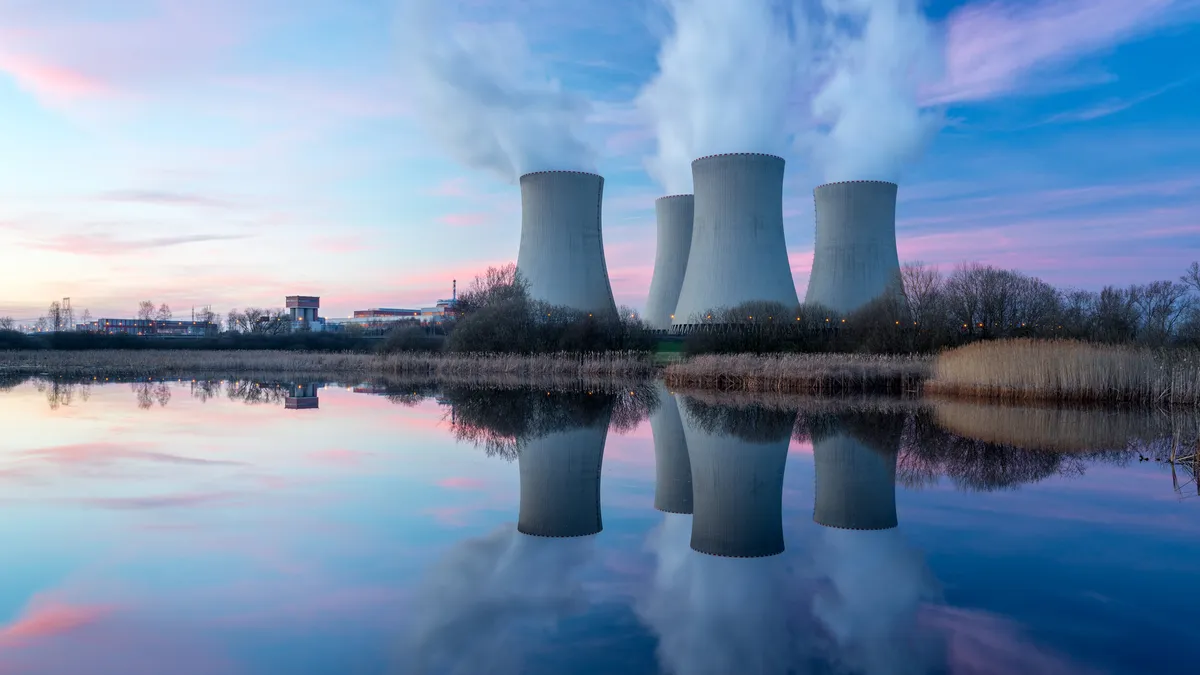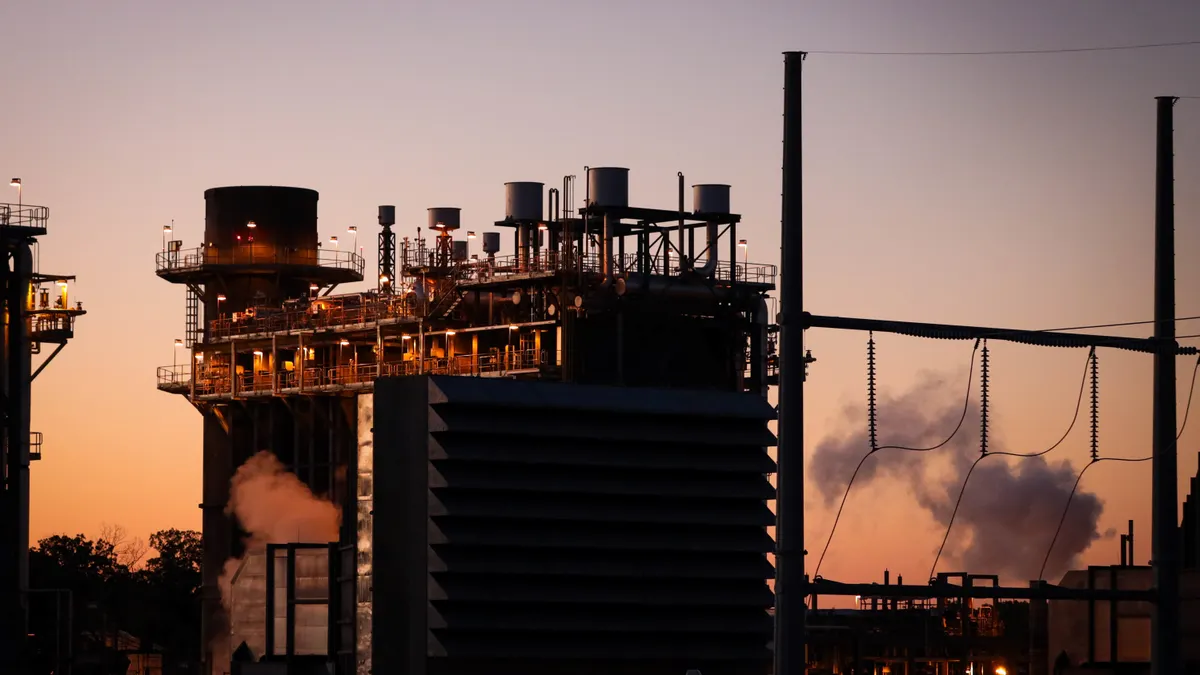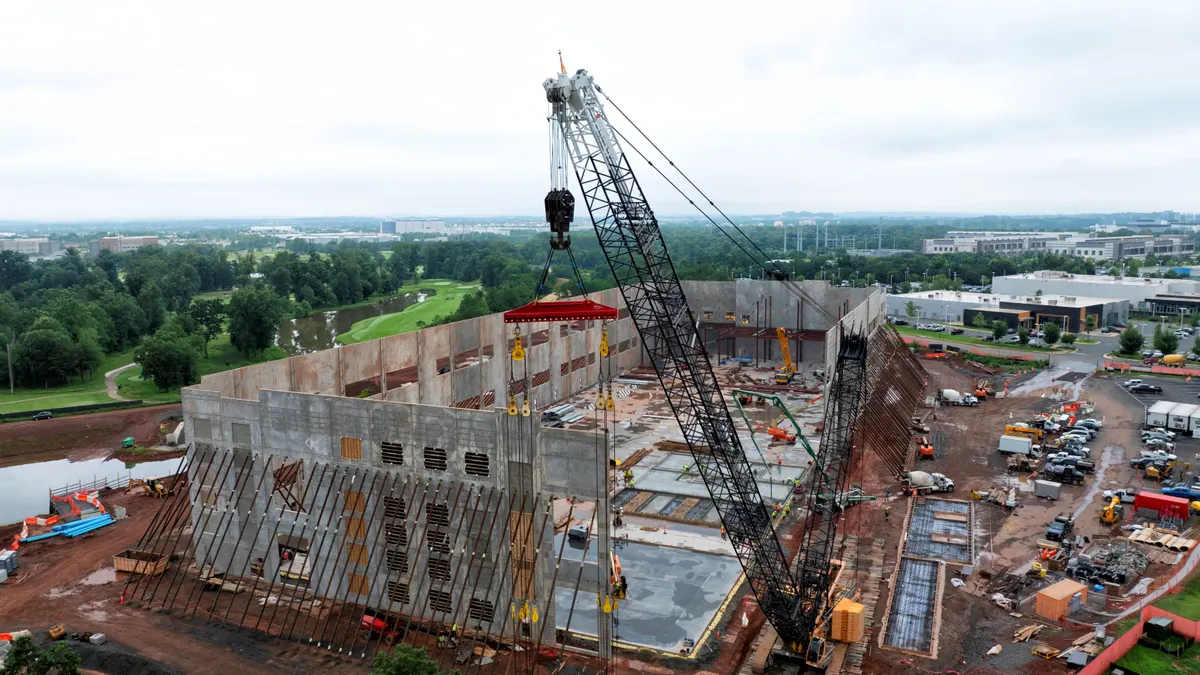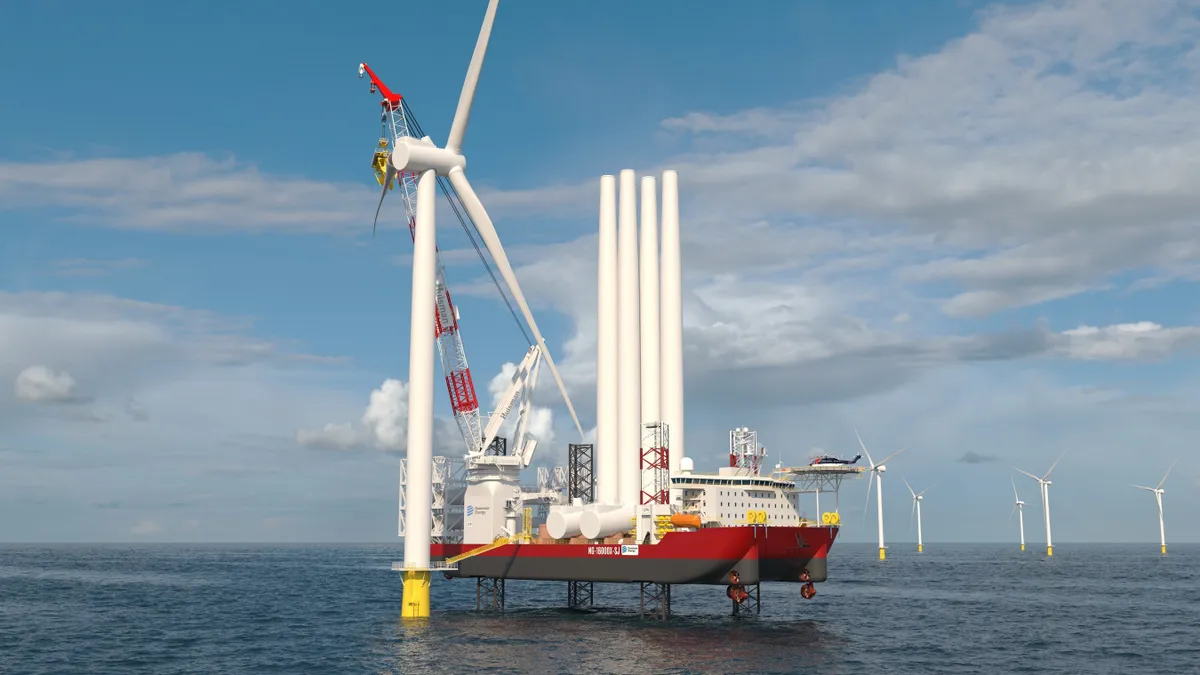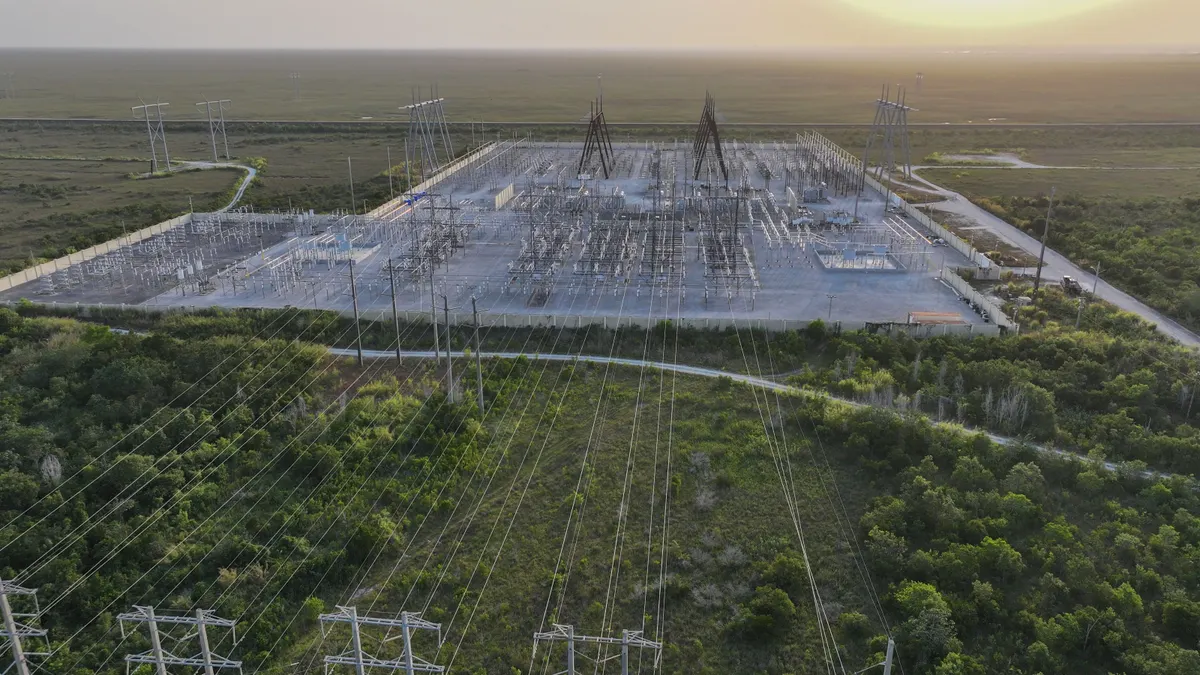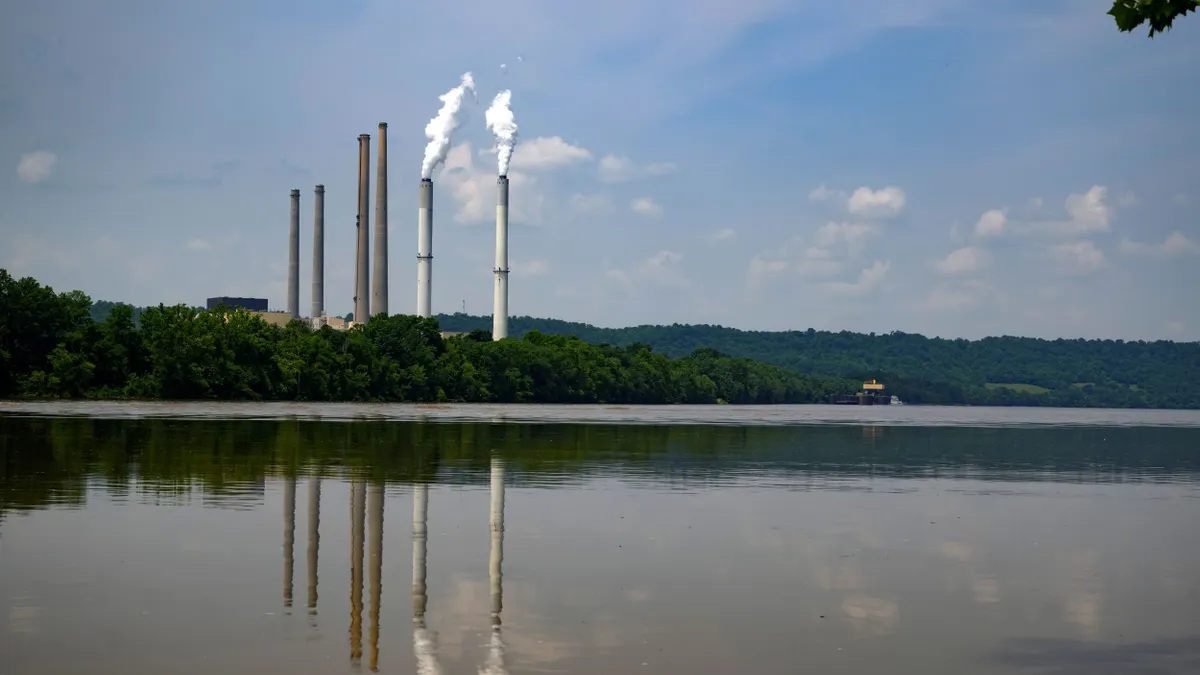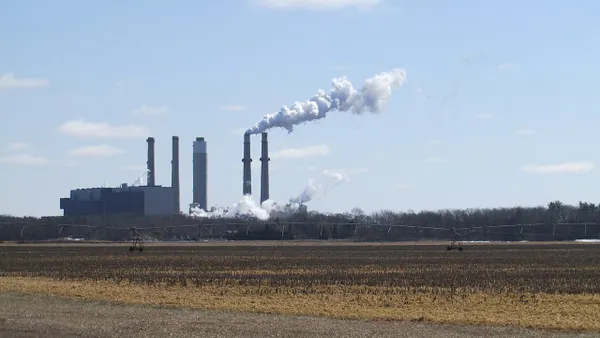Guido Núñez-Mujica is director of data science at the Anthropocene Institute.
As the world doubles down on net-zero targets, carbon markets have become a cornerstone of our global climate response. But their credibility hinges on one critical question: Are we truly valuing all forms of low-carbon energy? Right now, the answer is an emphatic no. And one glaring omission proves it: nuclear power.
Despite being the second-largest source of low-carbon electricity on the planet, nuclear energy is still largely excluded from voluntary carbon markets. Major standards like Verra and Gold Standard currently do not allow nuclear projects to generate carbon credits. This omission doesn’t just weaken the integrity of the system: it distorts the entire market.
Nuclear power prevents 430 million metric tons of CO2 emissions each year. That’s roughly the equivalent of the annual emissions of Turkey. Finland reduced their coal use by 70% after their latest nuclear reactor went online. Nuclear plants operate at high capacity, providing reliable baseload power that complements variable renewables like wind and solar. And yet, the enormous climate value of that contribution goes unrewarded — financially and symbolically.
To put it in perspective: while wind and solar generation often fluctuate with the weather and time of day, nuclear plants run more than 90% of the time. This makes them a crucial anchor in a clean energy grid — one that allows intermittent renewables to expand without sacrificing reliability or stability and able to replace fossil fuels 24/7.
This has serious implications. Around the world, aging nuclear reactors are being decommissioned without adequate replacements. In many cases, they are replaced by fossil fuels. When Germany shut down its nuclear fleet, coal use spiked. In California, emissions rose after San Onofre closed. In New York City, shutting down Indian Point led to such an increase in emissions that the Texas grid is cleaner now than the NYC grid. These are not isolated incidents: they are symptoms of a global financing problem.
Why does this happen? Because carbon markets create powerful economic signals. If nuclear can’t participate, it has no way to monetize the emissions it avoids. That makes it harder to keep existing plants running, and even harder to build new ones. Clean energy technologies like solar and wind benefit from both policy support and access to carbon finance. Nuclear, despite its proven performance, remains ineligible.
And this isn't just about today’s technology. Tomorrow’s nuclear — small modular reactors, advanced molten salt systems, even solid-state fusion prototypes — is on the cusp of commercial readiness. These systems promise cleaner, safer and more flexible applications of nuclear power. But to scale, they need capital. Investors are far more likely to back early-stage projects that can tap into carbon markets — especially when competing technologies already do.
This sends the wrong message at precisely the wrong time.
The Intergovernmental Panel on Climate Change has repeatedly stated that we cannot meet 1.5°C goals without nuclear energy. The International Energy Agency agrees, calling for a doubling of nuclear capacity by 2050. Excluding nuclear from carbon markets undermines those goals by weakening the business case for investment in one of our most effective decarbonization tools.
It also risks undercutting energy sovereignty for countries that could be ready to decarbonize but can’t depend solely on weather-dependent renewables. Nations in the Global South, in particular, stand to benefit from new nuclear technologies that are resilient, dispatchable and space-efficient. By blocking nuclear from carbon finance, we are effectively restricting access to one of the most scalable decarbonization tools for emerging economies and pushing them towards cheaper and reliable fossil fuels. There is a reason why coal use has been skyrocketing for the last decade despite the apparent success of solar and wind.
This issue is especially urgent for emerging reactor developers. New designs — many of them smaller, safer and more flexible — are ready to support hard-to-decarbonize sectors like industrial heat, hydrogen and desalination. But without access to carbon credits, their financing models are incomplete. That’s not just a missed opportunity. It’s a structural roadblock to innovation that makes our climate goals much harder, maybe impossible, to meet.
Industrial emissions alone account for roughly one-quarter of global greenhouse gases. These are sectors like steel, cement, chemicals and heavy transport — sectors where renewables often fall short. High-temperature nuclear reactors could supply the heat, hydrogen and power these industries need, without emissions. But first, we have to level the playing field.
Of course, bringing nuclear into carbon markets should come with safeguards. We need transparency, rigorous life cycle accounting and alignment with international safety standards. But exclusion by default is not a safeguard — it’s a failure to reflect scientific consensus.
There’s also a fairness issue at play. Carbon credits are meant to reward avoided emissions. If a new solar project gets credits, why not a nuclear project that avoids the same — or more — CO₂? If we are serious about climate outcomes, if we truly think we are in a climate emergency, then the rules must reflect the physics of carbon, not political or historical bias.
We don’t have time to cling to outdated perceptions. The original rationale for excluding nuclear from voluntary markets was tied to fears about safety, weapons proliferation and public perception. But decades of evidence — and a new generation of safer technologies — have shifted the conversation. Even the European Union accepts nuclear power as green in their energy taxonomy. Climate science now overwhelmingly supports nuclear as part of the solution. Climate Policy must catch up.
Nuclear energy is not a panacea. But it is a powerful, proven and essential part of the climate solution. If we want carbon markets to work the way they are supposed to — if we want them to drive real decarbonization — we must ensure they recognize all forms of low-carbon energy. That includes nuclear.
Carbon markets without nuclear are incomplete. And incomplete markets won’t get us to net zero and beyond.
Correction: This piece has been updated to correct the country used as a comparison for the carbon dioxide emissions reductions from the U.S. use of nuclear power.


